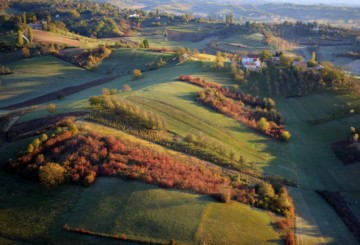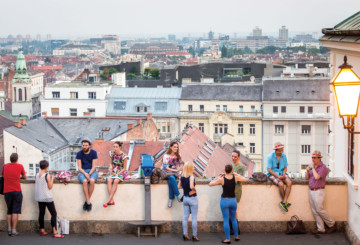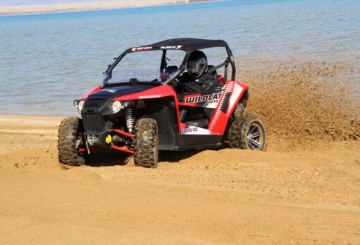To spend a late summer on Pelješac is a special experience. It is a peninsula, but you very much feel as if it is an island. Its advantage is you can approach it from the land, and as you drive from the very beginning you can watch its increasing beauty and majesty as you drive. Or you can take the ferry from Ploče to Trpanj which is roughly in the middle of the peninsula.
The colours in late summer become richer, the scents of the summer more intense, the sun mellows and the heat dies down just enough so you can spend the whole day travelling around the peninsula.
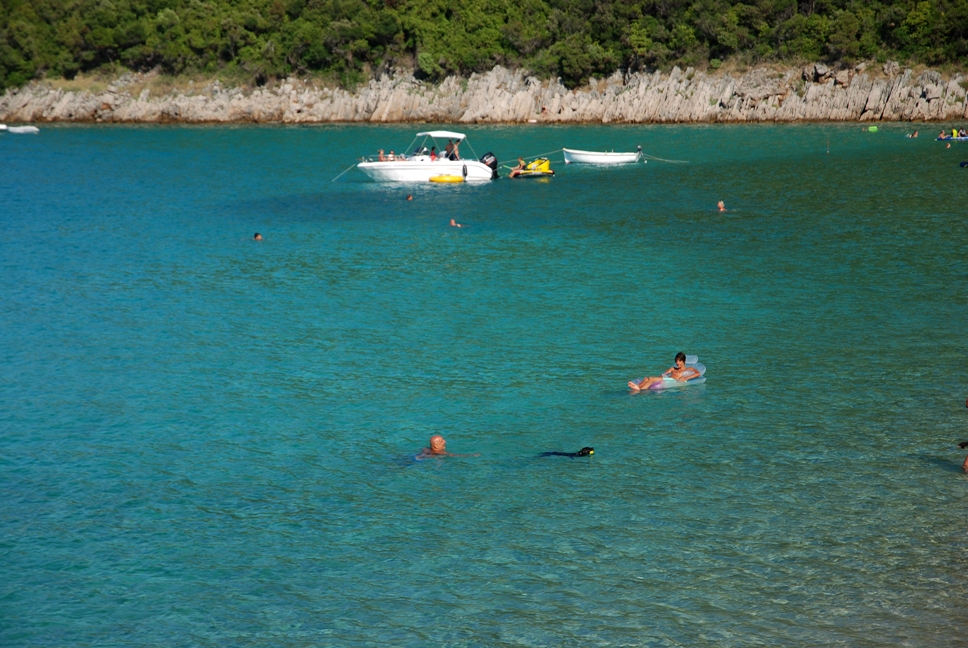
Every village has its own story. At the very tip of Pelješac you’ll find peaceful Lovište with a long inlet which is perfect for families with small children, while for those with an adventurous spirit there are a couple of coves where you can sometimes bathe alone. You do have to prepare for this though, a pair of sturdy shoes and plenty of water are essential. Try Češminova or Pržna coves.
There are an infinite number of places where you can swim, but at some of them parking is a problem, while other places can only be accessed by boat or on foot. Perhaps two of the prettiest bays for bathing are at Divna and Vučina.
Divna is close to Trpanj and there is parking available. The sun goes down here late in the afternoon, and there is a bar and restaurant on the beach itself. For a proper gastronomic experience you should head towards Trpanj where not far from Divna you’ll find Tuna bar Trpanj. Here you can try the tuna tasting menu as the sun goes down. The owner catches tuna so you can try fresh tuna made into sashimi, carpaccio and paté, or an excellent piece of grilled tuna, transforming your evening into a real treat.
The second bay, Vučina, has been a protected area since 1975 and offers excellent shade with its centuries-old pine trees. It’s not far from the village of Žuljana which also has a large beach. There are two campsites nearby.
Exploring the peninsula you will find places which are special to you. Our favourite place is Trstenik village and bay. The surrounding countryside was affected by a wildfire a couple of years ago and is still recovering. From the road when you look down towards the bay at your feet it takes your breath away. Trstenik has a special local atmosphere thanks to the people there. You can eat at Restaurant Vitacea which has a pleasant large terrace overlooking the bay. We recommend the fish platter which is huge and excellent, and you can ask to see the fish being grilled for you. In the same village you also have the D’oro bar and grill where you can eat well.
From Trstenik you can drive to Žuljana along local roads, and in the other direction to Potomje. Before Potomje you can also turn off the main road and pass through the short Dingač tunnel which takes you to the other side of the island. The rule for driving through the tunnel is, if you see a car coming from the other side that car already has priority, so wait. If you should meet another car in the middle of the tunnel there is a wider part where you can pass each other. Nothing can prepare you for the beautiful blue and space of the panorama on the other side. That part of the island is famous for the Dingač grape variety that grows there. When you descend along the narrow two-way road to the village you can swim in two beautiful bays in the village centre.
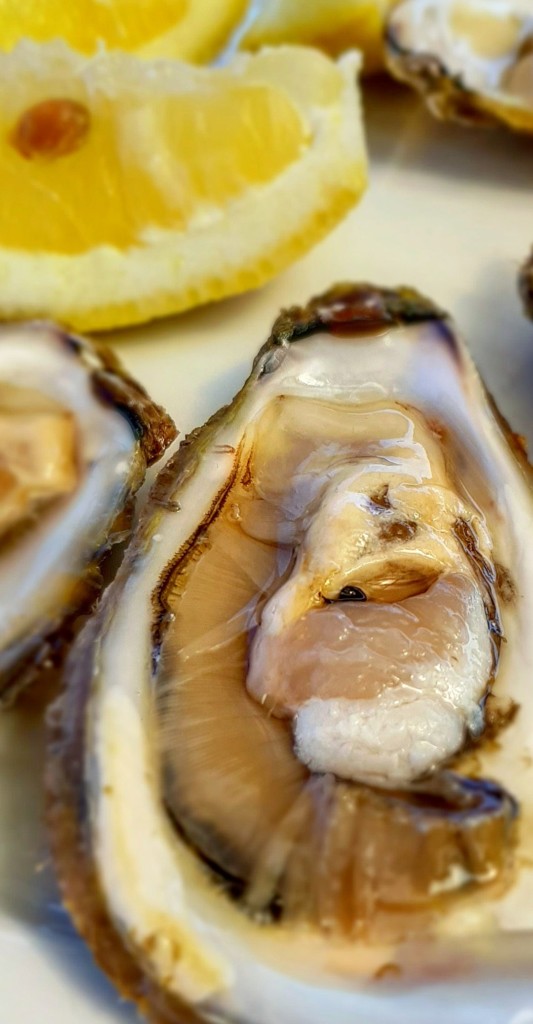
The interior of Pelješac has a special magic. The silence there is unique. To sit and listen to the silence and really see the sky full of stars because there is no light pollution is a real moment of relaxation. You can experience such a moment at the Antunović family smallholding in Kuna Pelješka where you can eat excellent spit-roast lamb and food baked under an iron lid. There’s nothing like roast lamb and home-made bread, and children love the home-made sage cordial. The family is also known for producing donkey milk. You can take home pršut and pork neck which the family cure themselves.
At the very neck of Pelješac is the town of Ston. Apart from Orebić, Ston is the peninsula’s best-known tourist destination. Ston’s fortifications which are still partly being renovated include the second-longest defensive wall after the Great Wall of China. In the autumn you can take part in the Ston Wall Marathon which includes running along the walls, complete with spectacular views. For more information see https://www.ston-wall-marathon.com/. At other times you can walk along the walls, enjoying views over the island of Mljet. For a good meal we recommend the restaurant Ficović at Hodilje, a couple of kilometres from Ston. They offer excellent home-cooked food, from first-class fish including excellent gregada fish stew, and the local speciality cake Ston makarula to follow – if you are lucky and there is a piece left. There is a beautiful little beach in front of the restaurant. You can bathe and eat all day in Hodilje.
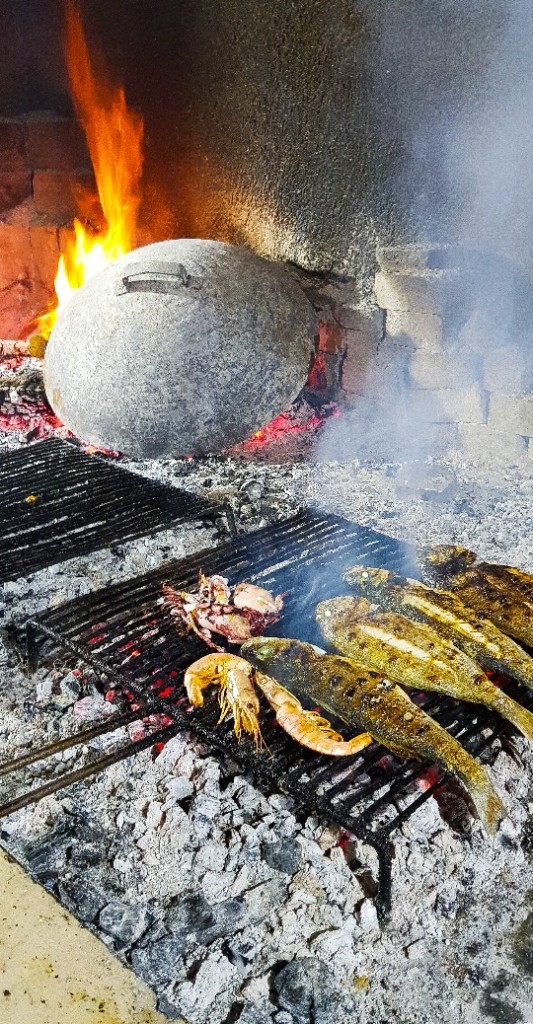
Pelješac is most famous for two things: wine and oysters. Oysters are best in March when they are in season, but if you can’t make it to Pelješac at that time you can try them any time. We very much enjoyed Sutvid Oyster Buffet not far from the village of Drače. Oysters to start and mussel stew to follow, we can’t think of a better light lunch.
On the road from Drače to Ston you’ll find the village of Putnikovići and the Pelješac Museum of Wine, founded by the local wine cooperative. On three floors you can travel through the history of Pelješac wine up to the present day, and downstairs in the bar you can sample some of them.
There are many places on Pelješac where you can try local wines. The peninsula is the home of the varieties Plavac mali, Dingač and Postup. All you have to do is make a stop at one of the best-known vineyards (Vinarija Vicelić, Miloš, Matuško, Saint Hills, Madriazza, Grgić, Korta Katarina and many more) which have built their reputation on Pelješac.
If you’re a sweet-tooth, you’re best off spending a morning or late afternoon in Orebić lingering over a coffee, a cake or home-made ice-cream at the Croccantino pastry shop. Orebić is a great base for exploring Pelješac or hopping over to the island of Korčula – the ferry terminal is right by the pastry shop.
